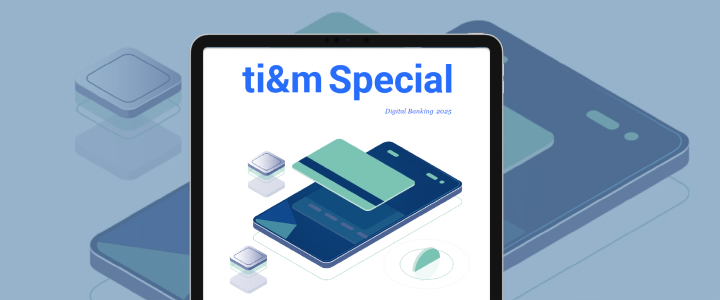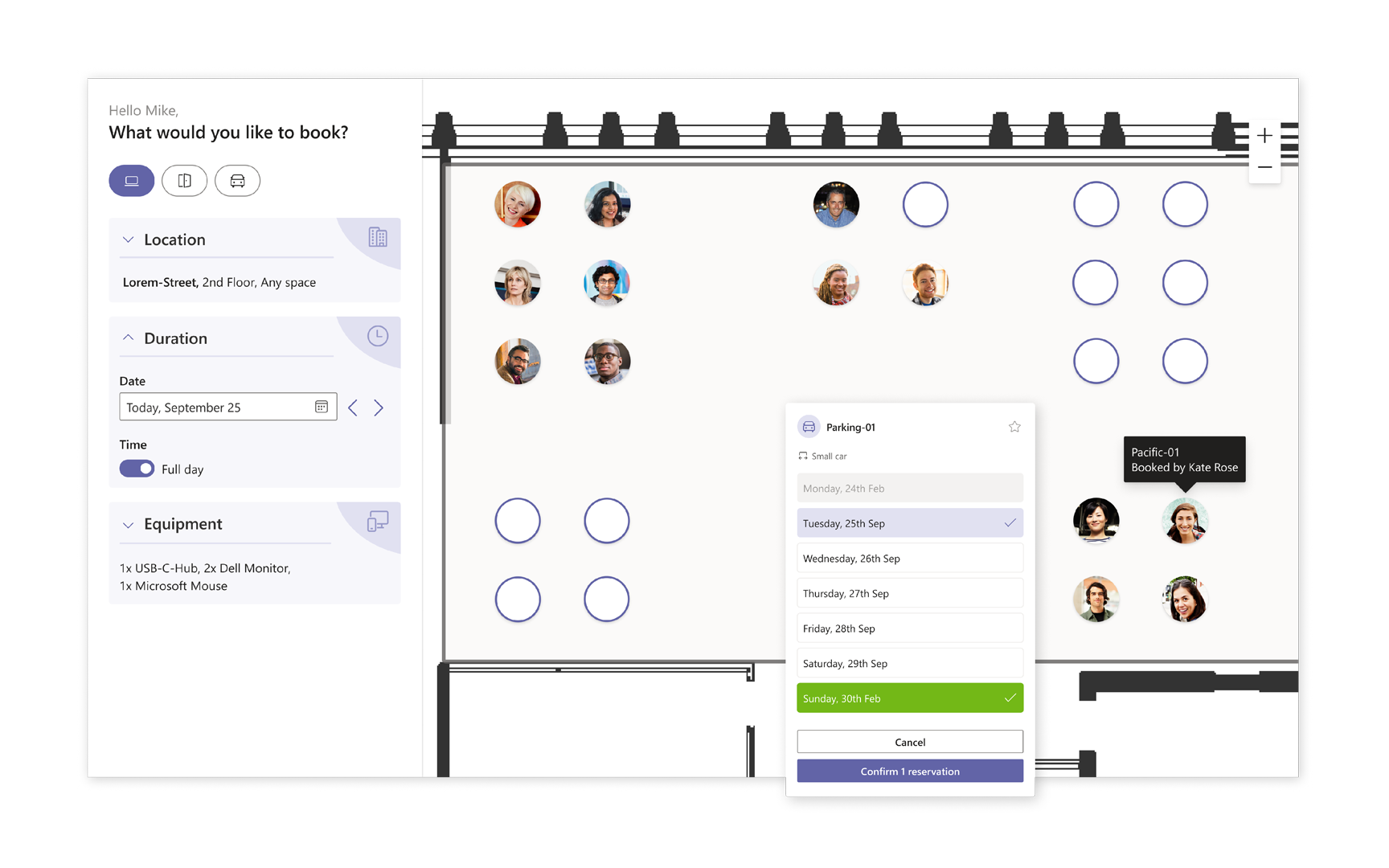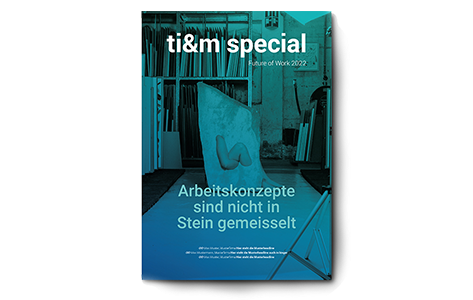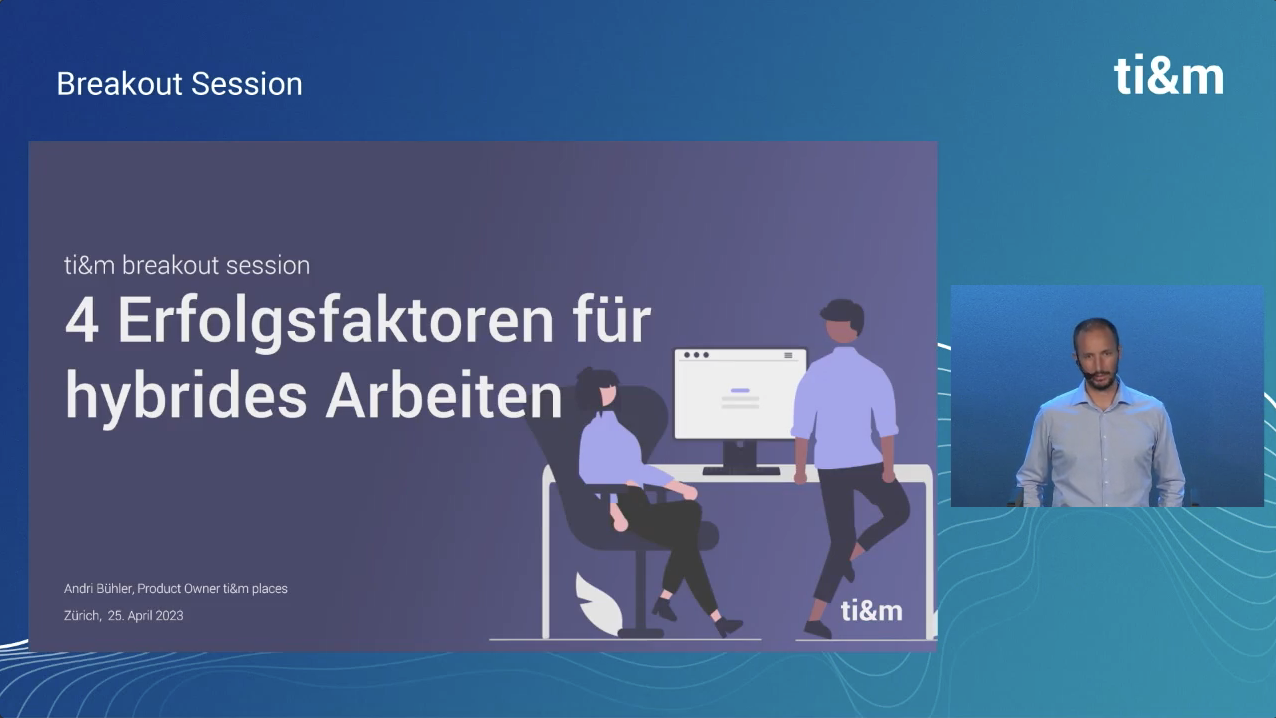Desk booking solutions offer a number of benefits, including improved collaboration, better utilization of workspace, and increased productivity. However, there are also some challenges associated with using desk booking software, such as user adoption, integration with other systems, cost, and clear rules and policies. In this article, we'll explore the benefits and challenges of using desk reservation tools in a hybrid workplace environment and how our tool, ti&m places, can help overcome these challenges.
The benefits of desk booking tools
- Providing visibility of space usage: Desk booking tools offer real-time information about desk availability and desk occupancy, allowing employees to easily find and reserve the right desk using an interactive map.
- Optimizing space utilization: These tools allow organizations to measure the actual use of their office space. This helps reduce wasted space and unnecessary furniture.
- Facilitating collaboration and coordination of schedules: Desk booking software allows team members to book desks together, ensuring they can work in close proximity for better collaboration and coordination, both of which increase employee productivity.
- Creating a more organized and stress-free workplace experience: By eliminating the scramble for available desks and providing a structured reservation system, these tools contribute to a more organized and less stressful work environment. Employees know where they will sit before they arrive at the office, and they know they have the right equipment for a productive day.
- Reducing administrative costs and overhead: Allowing employees to book their own desks reduces the need for manual administrative work related to desk assignments and tracking, saving both time and resources.
The Challenges of desk booking tools
- Ensuring all staff members are aware of the system: Ensuring that every employee knows and understands the workplace booking system can be a challenge, requiring effective communication and training. ti&m places is integrated into Microsoft Teams, so there is no need to introduce a new mobile app or bookmark a web app. Employees find Places in the left-hand navigation pane of their primary communication tool, whether they are using a workstation, laptop, or mobile devices.
- User adoption: Getting all employees to actively use the desk booking system can be challenging, as it may require changes in behavior and culture within the organization. When we developed ti&m places, we always aimed for an exceptional user experience. Our booking process is simple and very efficient. Users can book their workspace in just 3 clicks, whether they are using Teams on their computer or one of their mobile devices. Because of that your users will love ti&m places from the first time they use it.
- Need for clear rules and guidelines: Having well-defined rules and guidelines is necessary to avoid disputes and guarantee fairness in regards to flexible seating. With ti&m places you can define these rules in your hot desking tool, ensuring that your employees only reserve the desks they are allowed to reserve even if they don't know the hybrid work policy by heart.
- Addressing conflicts over desk allocation: Conflicts can arise when employees have different preferences for specific desks or equipment. Resolving such conflicts is a challenge. In ti&m places, you can restrict desks to user groups to ensure that workplaces with specific equipment can be reserved only by those who need the equipment to do their job. Conflicts like the ones mentioned above will never occur in your organisation.
- Integration with Other Systems: Integrating the desk booking system with existing IT systems, facilities management software, or access control systems can be complex and may require technical expertise and coordination. ti&m places integrates seamlessly with Microsoft Teams and Microsoft Outlook. Your Microsoft 365 adminstrators can install the application in self-service within 90 seconds without any special knowledge.
Conclusion: Desk booking tools offer tons of benefits
Desk booking tools have become indispensable in today's workplace, especially with the rise of hybrid work models. They offer numerous benefits, such as improving collaboration, optimizing space, and reducing administrative costs. However, challenges like user adoption, clear guidelines, and integration persist.
Among the plethora of available solutions, ti&m Places distinguishes itself through its remarkable user experience and effortless integration with Microsoft Teams. What sets ti&m Places apart is its ability to seamlessly blend into the existing workplace ecosystem, making the transition feel smooth and natural for employees. With ti&m Places, organizations can easily embrace the evolving workplace dynamics, enabling their workforce to concentrate on efficiency and productivity without the disruption of adapting to a new tool. This is what makes ti&m Places the best hot desk booking software available.
Learn more about ti&m Places further below!









